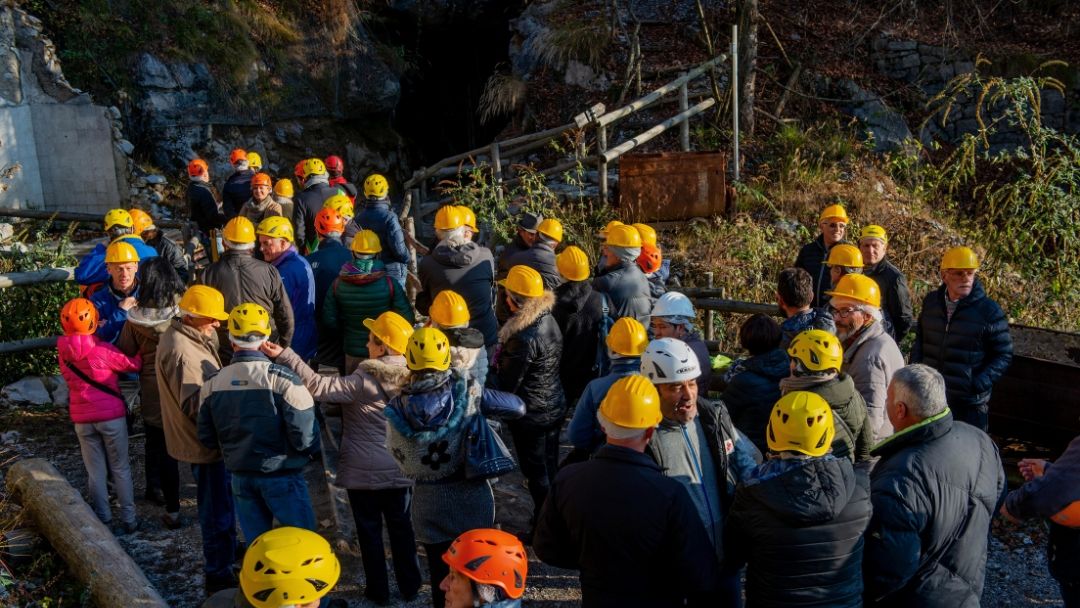A safety culture is an environment where safety is a priority and where safety is integrated into every aspect of the workplace. It’s about having everyone from the top down committed to safety protocols and practices. When safety is a part of the workplace culture, accidents and injuries are significantly reduced.
The benefits of a safety culture include: fewer workplace injuries, higher productivity, better morale, and reduced costs associated with accidents and downtime.
The benefits of a safety culture include: fewer workplace injuries, higher productivity, better morale, and reduced costs associated with accidents and downtime.
Strategies for Engaging Employees in Safety Initiatives
Engaging employees in safety programs is key to building a robust safety culture. Here are some strategies that can help:

1. Inclusive Safety Committees:
Form safety committees that include representatives from all levels of the workforce. This ensures that everyone’s voice is heard and that safety policies reflect the needs and insights of all employees.
2. Interactive Training Sessions:
Move beyond the traditional lecture-style safety training. Use interactive methods such as online training, simulations, hands-on exercises, and role-playing scenarios to make training more engaging and memorable.
3. Open Communication Channels:
Encourage employees to speak up about safety concerns without fear of retaliation. Implement an open-door policy where suggestions and feedback on safety issues are welcomed and acted upon.
4. Regular Safety Drills:
Conduct regular safety drills to ensure everyone knows what to do in case of an emergency. This keeps safety protocols fresh in everyone’s mind and helps identify any gaps in the current procedures.

Importance of Leadership in Promoting a Safety Culture
Leadership plays a crucial role in establishing and maintaining a safety culture. When leaders prioritize safety, it sets the tone for the entire organization. Here’s how leaders can promote a safety-first mindset:
1. Lead by Example:
Leaders should model safe behaviour at all times. Employees who see their supervisors and managers adhering to safety protocols are more likely to follow suit.
2. Invest in Safety:
Allocate resources for safety training, equipment, and initiatives. Demonstrating a financial commitment to safety shows employees that their well-being is a top priority.
3. Celebrate Safety Milestones:
Recognize and celebrate safety achievements. Whether it’s reaching a certain number of accident-free days or successfully completing a safety training program, celebrating these milestones reinforces the importance of safety.
Ways to Recognize and Reward Safe Behavior
Recognizing and rewarding safe behavior is a powerful way to encourage ongoing commitment to safety practices. Here are some effective approaches:
1. Safety Awards:
Implement a safety awards program to acknowledge employees who consistently follow safety protocols and contribute to a safer work environment.
2. Spot Bonuses:
Offer spot bonuses or other incentives for employees who demonstrate exceptional attention to safety. This could be for identifying potential hazards or going above and beyond in promoting safe practices.

3. Public Recognition:
Highlight safe behaviour in company communications, such as newsletters or meetings. Public recognition not only rewards the individual but also reinforces the importance of safety to the entire team.
Creating a culture of safety is a continuous process that requires commitment from everyone in the organization. By engaging employees in safety initiatives, promoting open communication, and recognizing safe behaviour, we can build a workplace where safety is ingrained in our everyday actions.
Level up your workplace safety!
